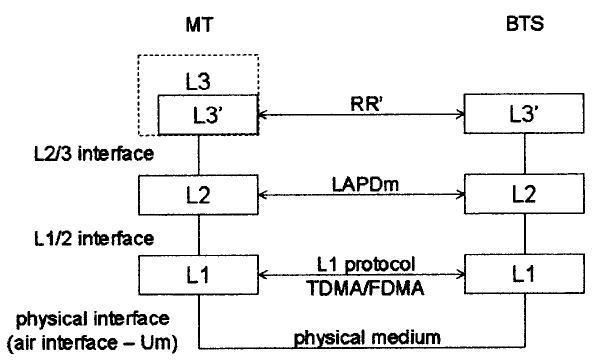
Isfahan University of Technology
Protocols and Network Aspects of SDR
H. Narimani
course project spring 2007
| |
| Home |
| Refrences |
| Relevant Sites and Projects |
| About Us |
| Protocol Stacks | |
Protocol stacks are mere aggregations of several single protocols, whereby each of the protocols within a stack implements certain functionality and serves a distinct and clearly specified task. Protocol frameworks in general (i.e. protocol stacks) use stratification (layering) as their composition mechanism. One advantage of this approach is that the functionality within one layer is impervious to the properties of the layers below or above. Each protocol layer can thereby be treated as a ‘black box’ and no mechanism exists to identify or bypass any functional redundancies which may occur if protocols within a stack have been implemented by different vendors. Gateways are therefore defined to act as bridges between the different protocol stacks to enable interworking between different networks. Communication between the different layers of a single protocol stack is accomplished via so-called ‘service access points’ (SAPs). These SAPs provide access via sets of primitives that enable access to a given layer by its neighboring layer (i.e. the next layer up or down in the hierarchy); see figure
|
|
 |
|

